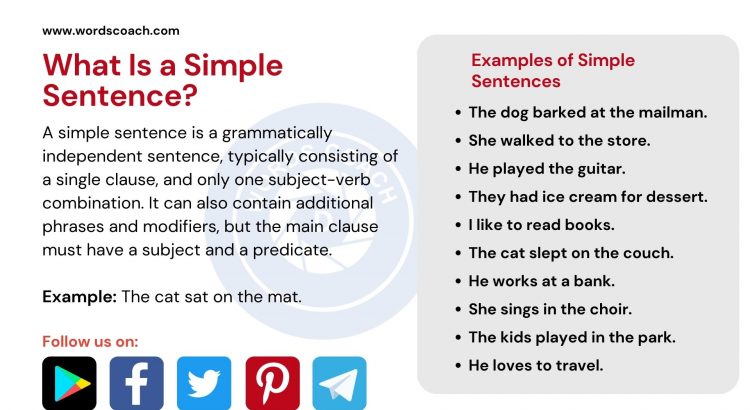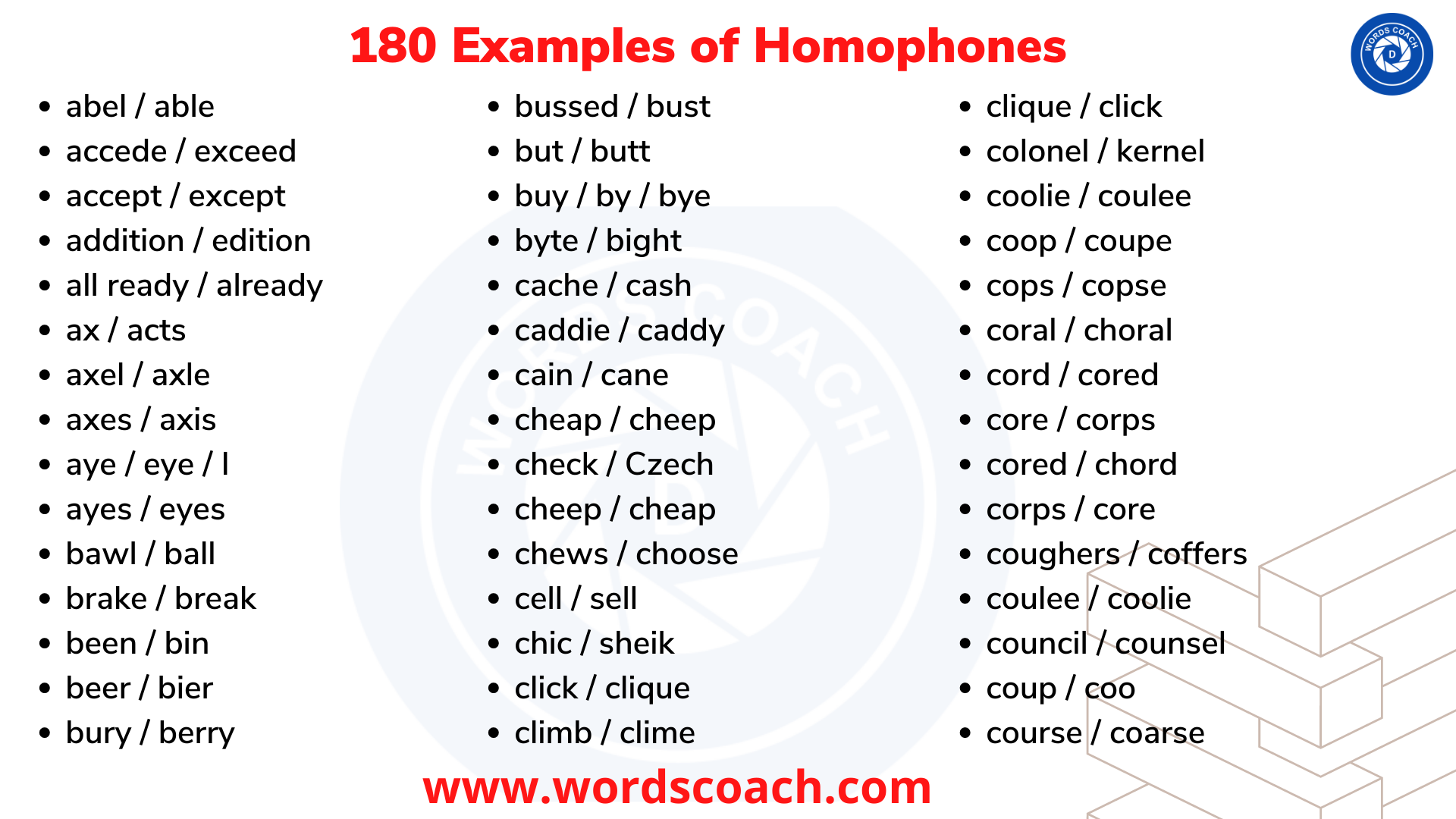What Is a Simple Sentence?
A simple sentence is a grammatically independent sentence, typically consisting of a single clause, and only one subject-verb combination. It can also contain additional phrases and modifiers, but the main clause must have a subject and a predicate.
Example: The cat sat on the mat.

Points to be Remembered When Forming Simple Sentences
When forming simple sentences, it’s important to remember the following:
- A simple sentence must have a subject, which is the person, place, or thing performing the action in the sentence.
- A simple sentence must have a verb, which is the action being performed.
- The subject and verb must agree in number and tense.
- The sentence should be as concise as possible and should not contain unnecessary words or phrases.
- Avoid using complex vocabulary or grammar that might be confusing for the reader.
- Use proper punctuation, usually a full stop/period at the end of the sentence.
- Simple sentences can be combined to form complex or compound sentences, by adding conjunctions or other linking words.
- Simple sentence must be grammatically complete, having a subject and a predicate.
- Avoid using run-on or fragment sentences.
- Make sure that the sentence is clear and easy to understand.
Examples of Simple Sentences
Here are some examples of simple sentences:
- The dog barked at the mailman.
- She walked to the store.
- He played the guitar.
- They had ice cream for dessert.
- I like to read books.
- The cat slept on the couch.
- He works at a bank.
- She sings in the choir.
- The kids played in the park.
- He loves to travel.
As you can see, each of these sentences contains one subject and one verb and can be understood on its own, without needing additional information. They are all grammatically complete, having a subject and a predicate.





